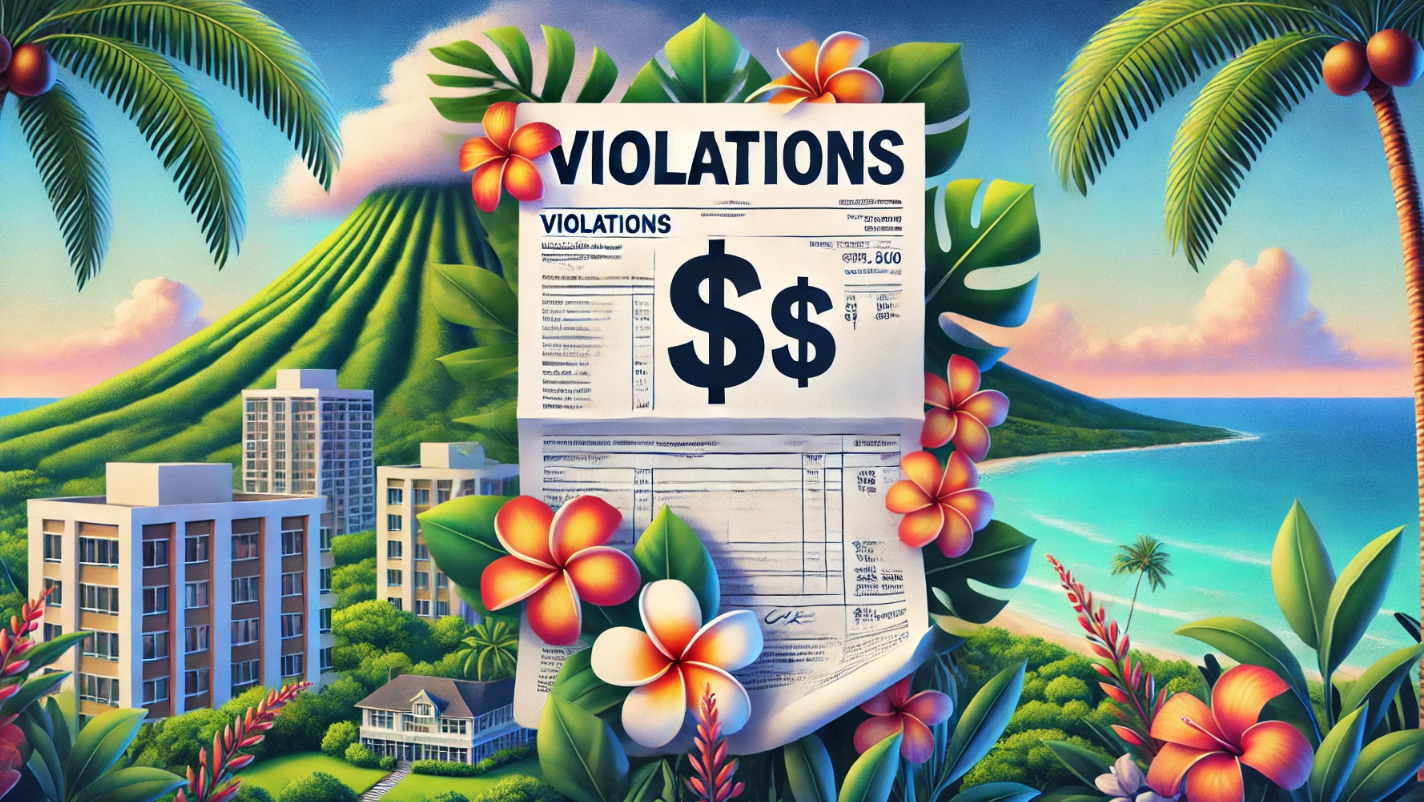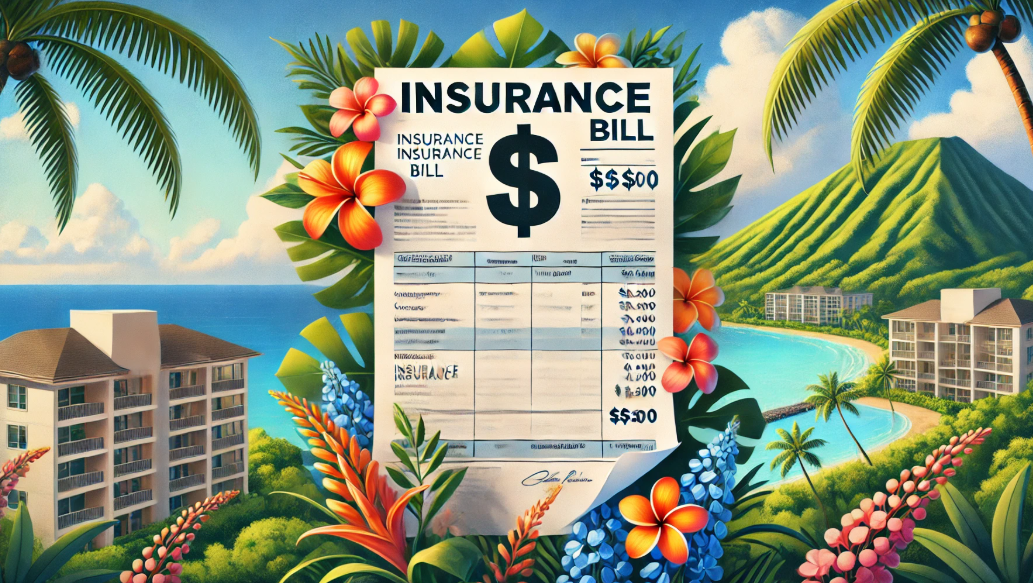How to retire without worry and stress. Unless you have had the same job for a long time AND they offer retirement benefits, you’re likely on your own for retirement. Tax-free retirement accounts are investment accounts that allow individuals to save and invest money for retirement without having to pay taxes on the earnings or withdrawals. These accounts are designed to help individuals save for retirement while minimizing their tax liability.
Types of tax-free retirement accounts
- Roth IRA: A Roth IRA is an individual retirement account that allows you to make after-tax contributions, which means you don’t get a tax deduction upfront, but you won’t have to pay taxes on your withdrawals in retirement.
- Roth 401(k): A Roth 401(k) is similar to a Roth IRA, but it is offered by an employer as part of a 401(k) plan. It allows you to make after-tax contributions and provides tax-free withdrawals in retirement. Some employers may also offer matching contributions, which can help boost your savings.
- Health Savings Account (HSA): An HSA is a tax-free account that allows individuals to save money for medical expenses. Contributions to an HSA are tax-deductible, and withdrawals for qualified medical expenses are tax-free.
By investing in tax-free retirement accounts, individuals can potentially save a significant amount of money on taxes over the course of their working years and in retirement. However, it’s important to consult with a financial advisor to determine which type of tax-free retirement account is best suited for your individual needs and goals.
Low-income options
Retirement can be challenging for those with a lower income, but there are steps you can take to help ensure a more financially secure future. Here are some ideas for retiring on a low income:
- Start saving early: Even if you can only save a small amount each month, starting early can help you build up your retirement savings over time. Consider setting up an automatic savings plan to help make saving easier.
- Take advantage of employer retirement plans or start your own with your bank (listed above).
- Live within your means: Living within your means can help you avoid debt and save more for retirement. Consider downsizing your home or car, cutting back on unnecessary expenses, and finding ways to save on everyday purchases.
- Consider part-time work: If you’re able to work part-time in retirement, it can help supplement your income and make your savings last longer. Look for opportunities in your field or consider starting a small business or freelancing.
- Take advantage of senior discounts: Many businesses offer discounts for seniors on everything from groceries to travel. Look for ways to save on everyday expenses to help stretch your retirement income.
- Plan for healthcare costs: Healthcare costs can be a significant expense in retirement. Consider enrolling in Medicare as soon as you’re eligible, and look for ways to save on healthcare expenses, such as taking advantage of preventive care services and using generic drugs.
By taking these steps, you can help ensure a more financially secure retirement, even with a low income. It’s important to work with a financial advisor to create a retirement plan that meets your individual needs and goals.















